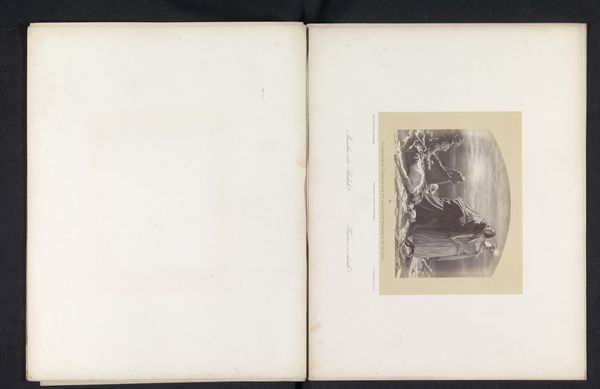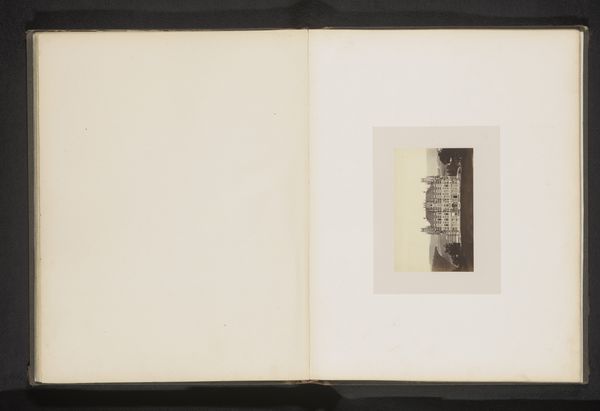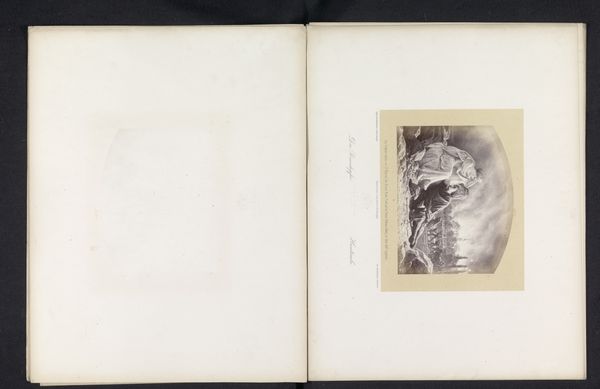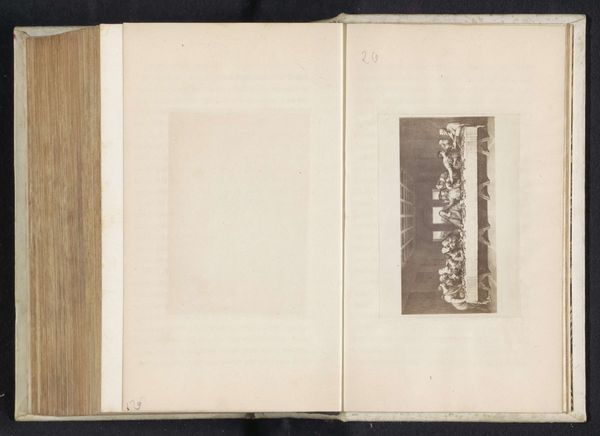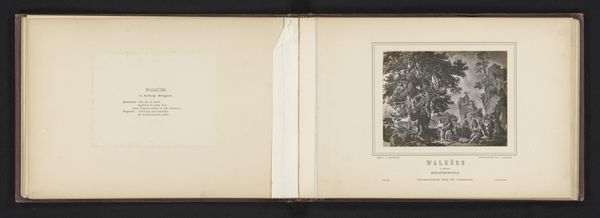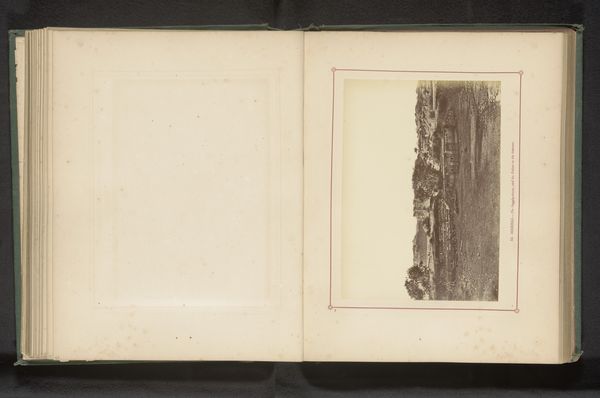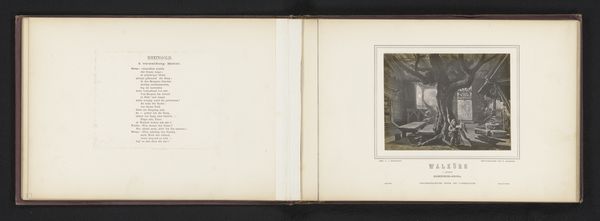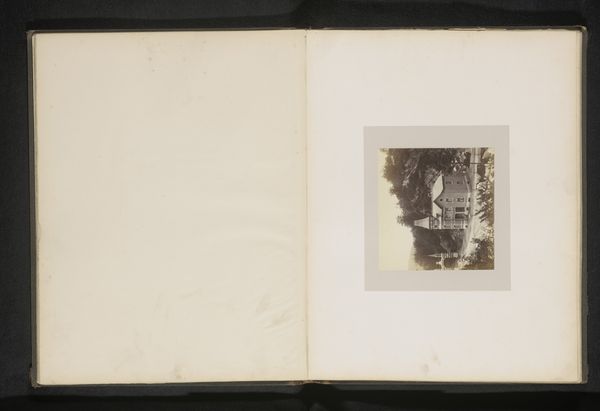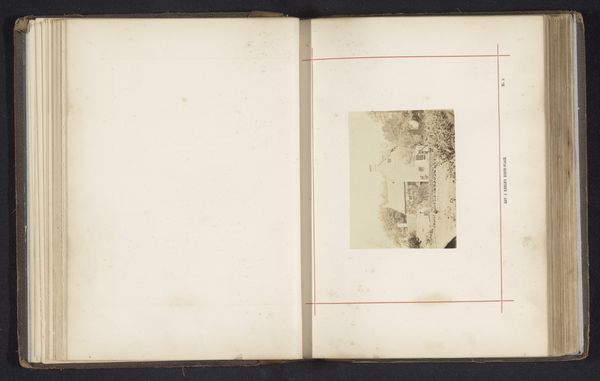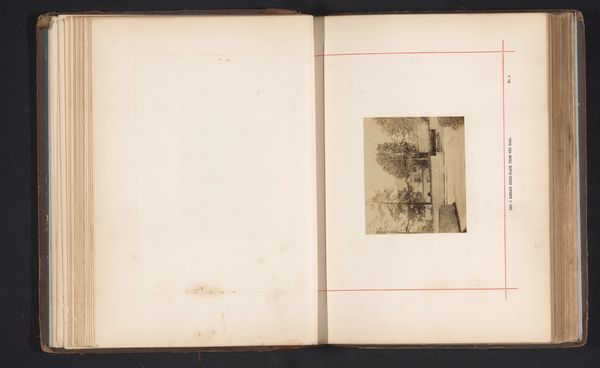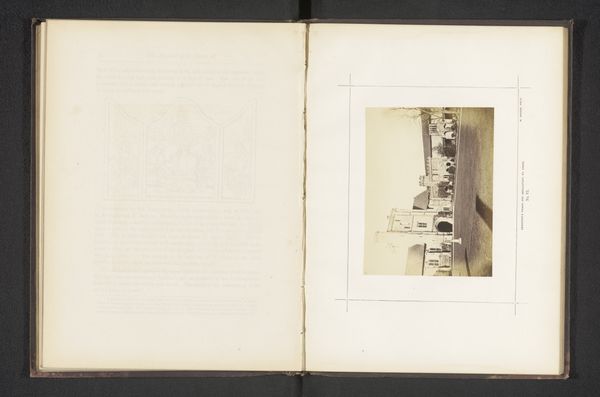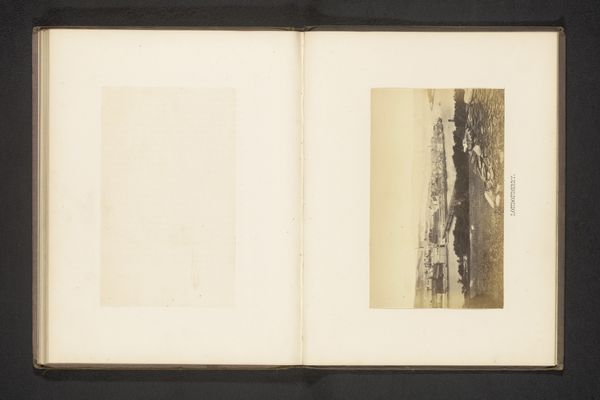
Fotoreproductie van een tekening van een interieur met stervende mensen en kinderen met honger before 1868
0:00
0:00
drawing, print, paper, photography
#
portrait
#
drawing
#
aged paper
#
script typography
#
paperlike
# print
#
sketch book
#
hand drawn type
#
paper
#
photography
#
personal sketchbook
#
hand-drawn typeface
#
thick font
#
history-painting
#
handwritten font
#
delicate typography
#
realism
Dimensions: height 114 mm, width 149 mm
Copyright: Rijks Museum: Open Domain
Editor: Here we have a photo reproduction of a drawing, created before 1868 by Ludwig Angerer. It depicts an interior with, tragically, people dying, surrounded by children who appear to be suffering from hunger. What sociopolitical messages do you find conveyed within this image? Curator: Thank you. This image resonates with echoes of social injustice. Consider the time. Pre-1868. What social movements were nascent or gaining momentum then? How does the stark depiction of poverty and suffering serve as a form of visual activism, challenging the viewer to confront uncomfortable realities? And how might the act of reproducing this drawing through photography amplify its message and reach a wider audience? Editor: That’s a lot to think about! So it’s not just about documenting a scene but potentially sparking social change? Curator: Exactly. Think about the power dynamics at play. Who had the means to create and disseminate such images? Whose stories were being told, and from what perspective? How does this work engage with contemporary theories of representation and the gaze? Editor: It seems so different when viewed through this lens! It highlights the complex interaction of history, art, and society, and really does prompt discussion about challenging systemic inequalities. Curator: Precisely. By examining this image through the intersectional lenses of class, power, and representation, we unlock a deeper understanding of its enduring relevance and its call to action. Editor: I appreciate your highlighting of historical context and its connection to social consciousness. I have much to further reflect on when interpreting art's purpose in mirroring life, or perhaps influencing societal movement.
Comments
No comments
Be the first to comment and join the conversation on the ultimate creative platform.
